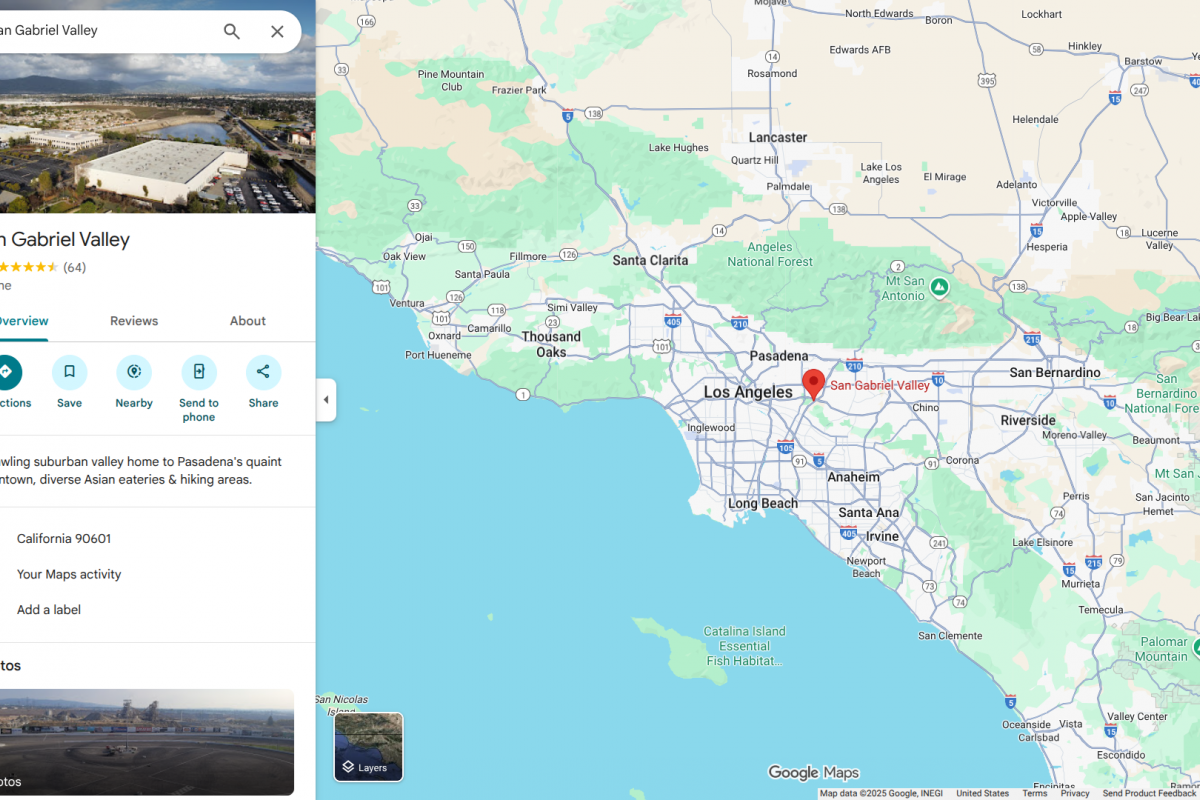The intracranial objective response rate (ORR) in RANO-BM–evaluable patients (n = 16) was 31.3% (n = 5), which included 1 intracranial complete response. Notably, 2 of 5 intracranial responders also had leptomeningeal disease at baseline, and 4 of the 5 did not receive prior CNS radiotherapy. The intracranial disease control rate (DCR) was 68.8%, and the median intracranial duration of response (DOR) was 8.1 months (95% CI, 3.1-not evaluable).
The systemic ORR in RECIST 1.1–evaluable patients (n = 29) was 27.6% (n = 8) and the DCR was 58.6%. The median DOR was 7.6 months (95% CI, 2.07-9.07).
“Zipalertinib demonstrated clinically meaningful intracranial antitumor activity…in patients with NSCLC harboring EGFR exon 20 insertions or other uncommon single or compound uncommon mutations,” Helena A. Yu, MD, attending physician at Memorial Sloan Kettering Cancer Center in New York, New York, stated in the presentation. “The intracranial response rate was similar to the systemic response rate in the reported population,” Yu added.
Antitumor Activity With Zipalertinib in CNS Metastatic, Uncommon EGFR+ NSCLC
- The intracranial ORR in RANO-BM–evaluable patients was 31.3%
- The intracranial DCR was 68.8%, and the median intracranial DOR was 8.1 months
- The systemic ORR in RECIST 1.1–evaluable patients was 27.6%; the DCR was 58.6% and the median DOR was 7.6 months
What Led to Zipalertinib’s Evaluation in the REZILENT2 Trial?
Poor prognosis is associated with the presence of CNS metastases in patients with EGFR-mutant NSCLC, reflecting a clinical need for more effective treatment options.
Zipalertinib is an oral, highly selective, irreversible EGFR TKI that has proven active in advanced or metastatic NSCLC with EGFR exon 20 insertion mutations in the phase 1/2 REZILIENT1 trial (NCT04036682), including in patients with CNS metastases.2
To be eligible for enrollment in the subsequent REZILIENT2 trial, patients had to be at least 18 years of age and have received a diagnosis of locally advanced or metastatic NSCLC with documented exon 20 insertions or other uncommon single or compound non–EGFR exon 20 insertion mutations. Measurable disease per RECIST 1.1/CNS per RANO-BM criteria was also required, as was an ECOG performance status of 0 or 1.
Patients with active brain metastases had to be newly diagnosed and/or have progressing brain lesions without CNS targeted therapy and/or leptomeningeal disease. There was no limit on the number of prior therapies patients could have received in the advanced or metastatic setting.
Patients received 100 mg of oral zipalertinib twice daily until progressive disease or other discontinuation criteria were met. A total of 32 patients were enrolled, 16 of whom were evaluable by RANO-BM.
The data cutoff was February 17, 2025, and the study remains ongoing.
The primary end point was ORR per RECIST 1.1 criteria. Secondary end points included intracranial ORR, intracranial DOR, intracranial DCR per RANO-BM, and safety.
What Were the Baseline Characteristics of the Study Population?
Within the RANO-BM–evaluable population (n = 16), 62.5% had not received prior CNS radiotherapy. Among all enrolled patients (n = 32), 68.8% did not receive any prior CNS radiotherapy.
In the former population, the median age was 63.0 years (range, 23-75). Most patients were female (56%), White (63%), and had an ECOG performance status of 1 (63.0%). Almost one-fifth (19%) of patients had leptomeningeal disease. Most patients also had EGFR exon 20 insertion mutations (56%) as opposed to other EGFR mutations (44%). The median number of prior lines of systemic therapy was 2 (range, 0-4); 56% had received prior EGFR TKI therapy and 6% received prior amivantamab-vmjw (Rybrevant).
Within the total population, the median age was 62.5 years (range, 23-83). Most patients were female (56%), White (50%), and had an ECOG performance status of 1 (72.0%). Almost one-fifth (19%) of patients had leptomeningeal disease. Most patients also had EGFR exon 20 insertion mutations (66%) as opposed to other EGFR mutations (41%). The median number of prior lines of systemic therapy was 2 (range, 0-4); 44% had received prior EGFR TKI therapy and 6% received prior amivantamab-vmjw (Rybrevant).
How Safe Was the Agent?
Yu also noted that the safety profile of zipalertinib at the given dose of 100 mg twice daily was consistent with that from prior data. Yu emphasized the low incidence of EGFR-related grade 3 or greater toxicity, noting that there was no grade 3 or greater diarrhea. Moreover, 2 cases of fatal interstitial lung disease occurred.
Treatment-related adverse effects (TRAEs) that occurred in at least 15% of patients included paronychia (grade 1, 6.3%; grade 2, 15.6%; grade ≥3, 3.1%), dermatitis aceniform (grade 1, 9.4%; grade 2, 9.4%; grade ≥3, 3.1%), stomatitis (grade 1, 15.6%; grade 2, 6.3%; grade ≥3, 0%), anemia (grade 1, 9.4%; grade 2, 0%; grade ≥3, 9.4%), dry skin (grade 1, 6.3%; grade 2, 9.4%; grade ≥3, 0%), and rash (grade 1, 6.3%; grade 2, 6.3%; grade ≥3, 3.1%).
Dose interruptions due to TRAEs occurred in 15.6% of patients.
“The study is ongoing and full results from cohort C of the REZILENT2 trial will be forthcoming in a future presentation,” Yu concluded.
Disclosures: Yu reported consulting or advisory roles for AstraZeneca, Daiichi Sankyo, Blueprint Medicines, Janssen, C4 Therapeutics, Cullinan Oncology, Black Diamond Therapeutics, Taiho Oncology, AbbVie, Novocure, Takeda, Bristol Myers Squibb/Roche, Orion Clinical; research funding from AstraZeneca (Inst), Astellas Pharma (Inst), Lilly (Inst), Novartis (Inst), Pfizer (Inst), Daiichi Sankyo (Inst), Cullinan Oncology (Inst), Janssen Oncology (Inst), Erasca, Inc (Inst), Blueprint Medicines (Inst), Black Diamond Therapeutics (Inst), and Systimmune (Inst); and other relationship with Astellas Pharma.
References
- Yu HA, Ohashi K, Ariyasu R, et al. Activity of zipalertinib against active central nervous system (CNS) metastases in patients with non-small cell lung cancer (NSCLC) harboring EGFR exon 20 insertion (ex20ins)/other uncommon mutations. Presented at: 2025 ESMO Congress; October 17-21, 2025; Berlin, Germany. Abstract 1847MO.
- Piotrowska Z, Passaro A, Nguyen D, et al. Zipalertinib in patients with Epidermal Growth Factor Receptor exon 20 insertion-positive non-small cell lung cancer previously treated with platinum-based chemotherapy with or without amivantamab. J Clin Oncol. 2025;43(21):2387-2397. doi:10.1200/JCO-25-00763
![What Google Messages features are rolling out [October 2025]](https://afnnews.qaasid.com/wp-content/uploads/2025/10/1760904246_google-messages-name-cover.png)







